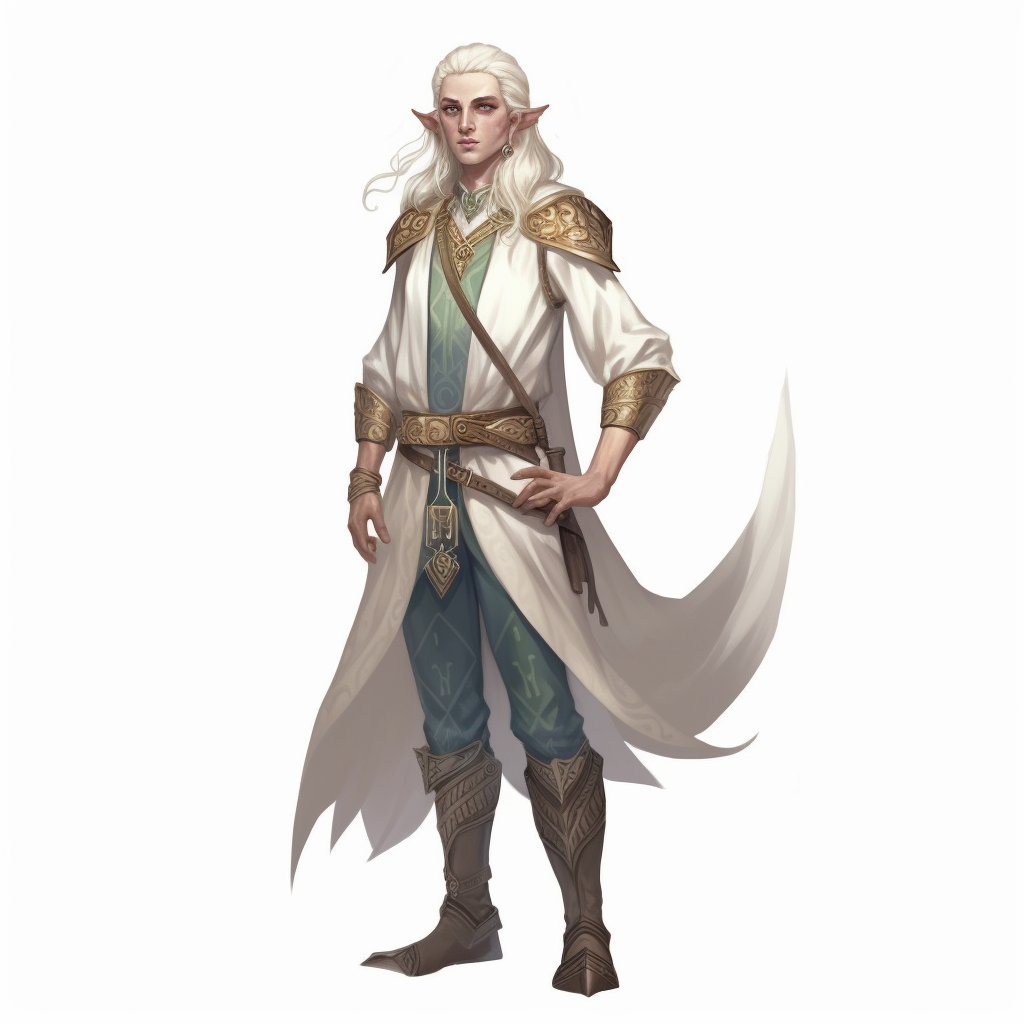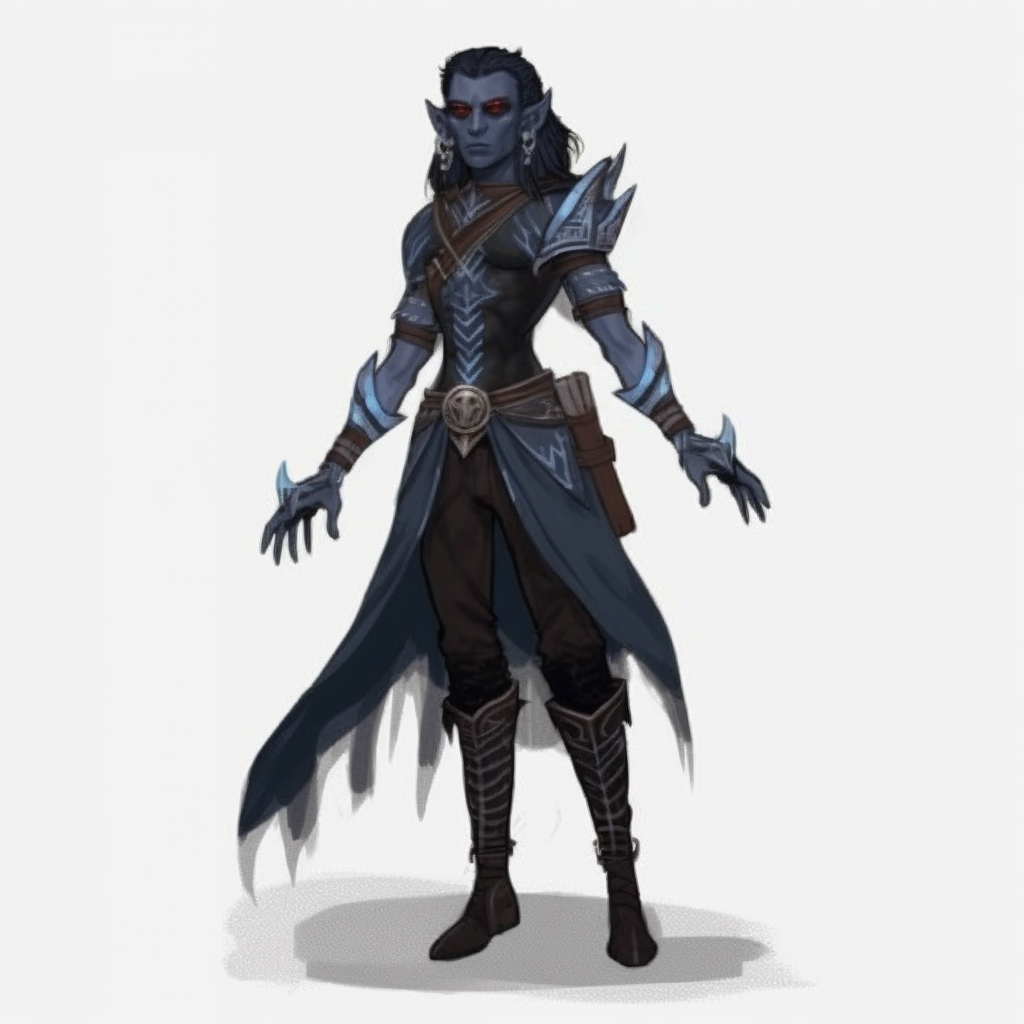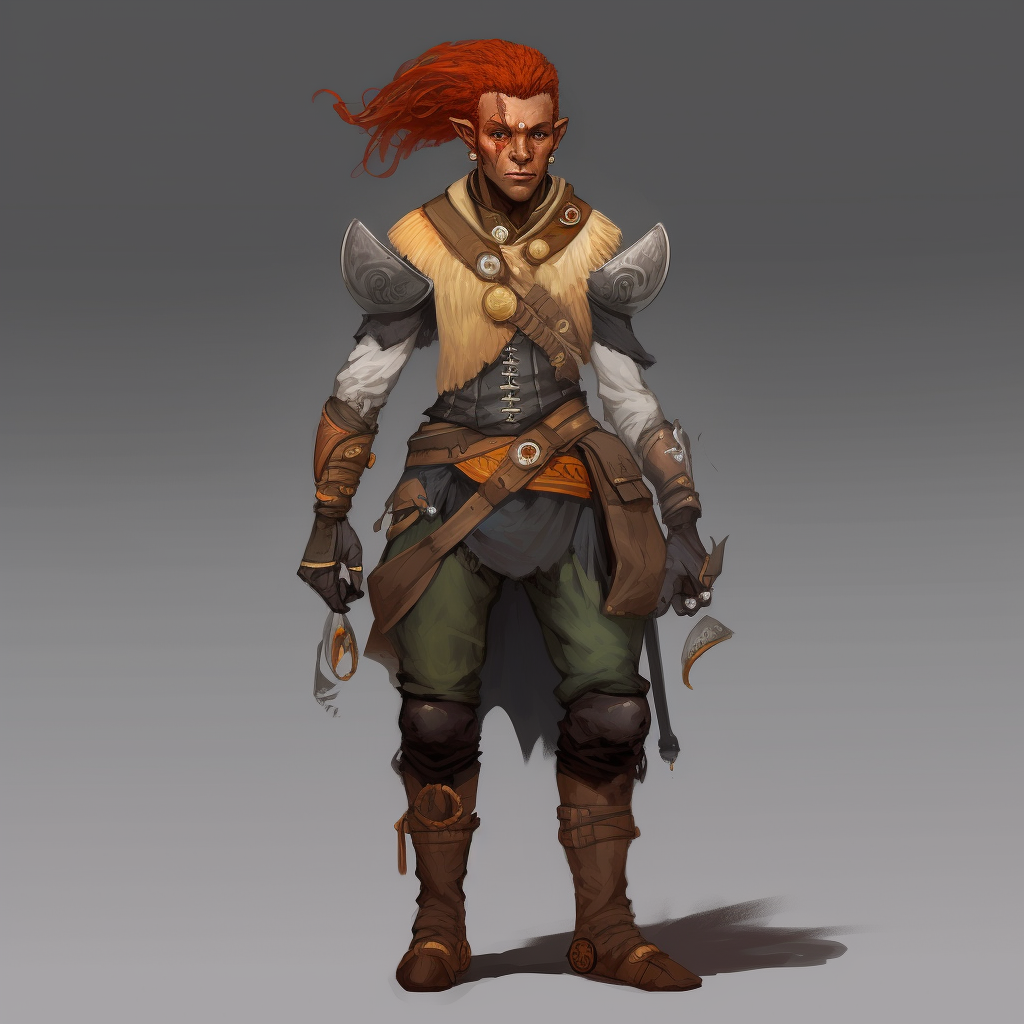Elves are a fierce race of beautiful people with a history of titanic struggle. Born into the cosmos by the demiurge Elruvitar the elves began their history on the violent realm of Terronis. Designed to represent the most resilient and balanced of the mortal races, elves are unique in their inner drive to out compete their elder races. Intended to be powerful forces of creation and destruction Elves were set with a task of creating stability from the chaos of their home. Stronger than man by a factor of four, and most uniquely possessing the potential for energy transmission between their bodies and namanite crystals, elves are typically a tame people who know well their strengths and keep themselves from destructive practices. Being powerful users of magic they were well equipped for the growth and development that has lead to their modern culture, however a prideful spirit has left the elves subject to bouts of self destruction.
Appearance & Anatomy
Elven anatomy is robust, naturally hairy, angular in shape, and slender in form. Following the biped form all elder peoples have, these beings stand taller than man. Similar to humans and dwarves, elves exist as an ethnically trimorphic people. Meaning there are two distinctly colored ethnic groups that when mated to one another result in a third mixed race. All three of these Elven races have bodies which require tremendous caloric intake, but can perform repetitious athletics with ease. This ridiculous athletic ability combined with a regenerative healing factor makes elves prosperous and adaptive to most situations.
Naturally elves will grow an abundance of hair down their necks and onto their shoulders. (and onto their backs in males). As well elves naturally have long drooping ears that sometimes get in the way of hearing. To exists in polite society most elven civilizations have had strict grooming practices followed for millennia, namely the trimming of ears to a point which almost all elves have done in childhood onward.
Alfiors: These fair complexioned elves are renowned for their magical engineering and civil construction skills. Choosing refined grooming practices these ear trimming, hair styling, well dressed elves even dull their sharper teeth in a cosmetic statement of their superior ordered society. Sometimes called light elves, and making up a majority of the realms population, these people in modern times have among themselves six different distinct ethnic races. All of whom which descend from the same 1280 original families of alfiors.
- Height: (6′ – 7′)
- Weight: (200lbs – 340lbs)
- Skin Color(s): White, pink, yellow, and golden brown.
- Hair Color(s): White, grey, blonde, brown, and auburn.
- Resilience: With flesh not quite as strong as dwarves but with a healing factor three times that, elves are resilient to extreme changes.

Orrenans: These ebony complexioned elves are renowned for their martial skills and their tactical minds. Appearing rougher around the edges, but still performing similar grooming techniques as Alfiors in the higher castes, nobles and warriors. While lower castes often show more of a mane and floppy ears.
- Height: (6′ – 7′)
- Weight: (200lbs – 340lbs)
- Skin Color(s): Dark shades of brown, purple, and a deep navy sometimes.
- Hair Color(s): Black, brown, purple, and dark blue.
- Resilience: With flesh not quite as strong as dwarves but with a healing factor three times that, elves are resilient to extreme changes.

Thalobrin: These brown elves are often called other names like: wood elves, tree elves, jungle elves, or wild elves. They’re at a unique disadvantage like other trimorphic hybrids, lacking the namanite connection of the mage and sorcerer populations of Alfiors or Orrenans. They adopt no uniform grooming guidelines, and often go entirely unkempt in their majority. They’re most exclusively agricultural workers or pastoral workers keeping the metros well fed, and their society steadily employed.
- Height: (7′ – 9′)
- Weight: (260lbs – 380lbs)
- Skin Color(s): Various shades of brown, mahogany, and sometimes a dark orange.
- Hair Color(s): All ranges but usually corresponding to their skin color.
- Resilience: With flesh not quite as strong as dwarves but with a healing factor three times that, elves are resilient to extreme changes.

Abilities
Mages can produce magic from namanite crystals, at the cost of the crystals integrity. While sorcery can be defined as the production of magic by the unique means of preserving the integrity of namanite crystals. So while magic users of the Elven races require namanite crystals to make their powers work, a Sorcerer or Sorceress can use the same crystals without decay, and only run the risk of physical exertion and not the loss of those blue crystals of potent energy. Thalobrins lack the potential for magic and see namanite only as a valuable resource.
Culture & Behavior
Between the natural landscape being a biodiverse paradise of living creatures, and their realms overactive geology the Elven people need to be resilient in all aspects. Because of this modern elven societies display grandiose feats of infrastructure which have lasted over the millennia and were designed to maintain both their social hierarchies and their physical networks. These jeweled cities developed only after eons of a perilous existence on their savage realm Terronis, and have several many different kinds of forms based on the age of the city, and where it is located.
This metropolitan dependence for the majority of elves in their most ancient histories was out of the utmost necessity. The natural biology of the realm is so ferocious that only a few peculiar populations of elves choose to live in the wild. However over time more and more of the biosphere was conditioned to the Elven comfort standards, and the agricultural infrastructure of the realm eventually became near total.
